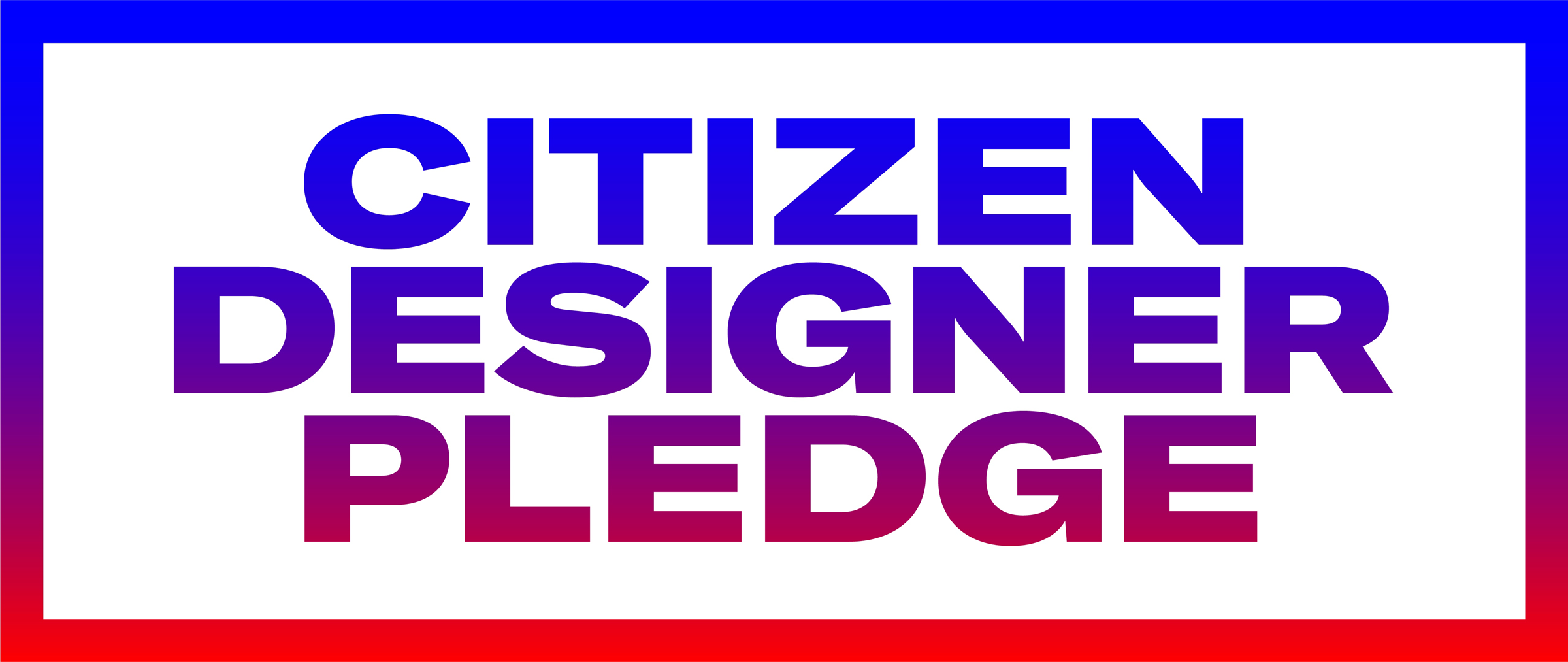
Mumbai: Since 8 December, the ground floor at the Max Mueller Bhavan in Kala Ghoda, Mumbai, has been transformed into something like a hermit’s retreat. Eight makeshift huts, made of white cloth and bamboo sticks invite people through doorless entrances. In each of them, a red tool faces a large piece of cloth, styled like an ancient scripture. The rooms are all identical, except that each scripture displays a different text: Kala, Vidya, Auchitya, Kaal, Sangrahit, Prakritik, Sankalan and Ahmiyat. A walk through the exhibit—titled “Ideas at Gallery”—served as a prelude to the session that was to follow upstairs on Saturday.
These “ancient Indian concepts” were themes at The Future of Design Thinking: Mapping the Past to the Present, where leading figures from the design world came together to imagine and contemplate the possibilities of design.
The seminar concluded the twin exhibitions running over a month: “Design through Objects” at Chhatrapati Shivaji Maharaj Vastu Sangrahalaya (formerly the Prince of Wales Musuem) and “Ideas at Gallery”.
The event’s speakers were Anita Lal, creative director of Good Earth; Bijoy Jain, founder of Studio Mumbai; Ekta Aggarwal, former creative director of IDEO.org, New York; Priya Paul, chairperson of Park Hotels; and Sandeep Sangaru, founder of Sangaru Design Objects. It was convened by Sudhir Bhatia, founder and creative director, bRnd Studio, and Divya Thakur, founder, Design Temple.
Each speaker picked a theme. Aggarwal said that it’s time we redefined design. “The meaning of the term needs to expand,” she said, “it need to go beyond just designing graphics or a logo. Innovation needs to happen at a scale for impact.” She cited the examples of her experiences of working with Syrian refugee children with alarmingly low rates of literacy to making adolescent girls in sub-Saharan countries open up about their sexual problems. For the latter, the project Aggarwal was a part of, came up with nail-painting salons where the girls, encouraged by a relaxed, friendly atmosphere, would talk freely.
Later in the session, Bhatia spoke of a project that was aimed at improving the conditions of malnourished children in Vietnam. It was found out that some families, in the same income group as the malnourished ones, were providing their children required nutrition. While working in fields, they would pick up shrimps and crabs, and also use the greens of sweet potatoes, to feed their children. These were being excluded in the meals of the malnourished families. But after a five-month cooking course was conducted for the locals, 65% of the people turned out to be better nourished compared to earlier. A designer’s greatest gift, he says, is empathy. “It is the firepower we have to navigate complex, difficult situations when you have to work alongside engineers and marketing department. We have wicked problems to solve today and that’s the only thing that will save us,” he said.
Award-winning bamboo furniture maker Sangaru, who described himself as someone “with an industrial way of looking at things”, stressed on minimalism. He demonstrated the efficiency of the triangle shaped stools his company produces. He talked about getting inspired by the artisans of Tripura. “What is exciting about nature is it simplicity but when we start making it is complex and has many layers,” said Sangaru.
Lal took forward the conversation about Indians’ inherent connect with nature —citing our way of naming colours like aasmaani, gulaabi and pyaazi. “So many of the designs in use today were made hundreds of years ago,” she said.
The seminar—that later opened for questions from the audience—ventured into areas one one wouldn’t normally associate with designing: from the decline of Ringling Bros. and Barnum & Bailey Circus, a nearly 100-year-old American travelling circus company to the specificity of the natural oils that clients find in their rooms at Park Hotel, Hyderabad.
At one point, Jain referred to a video of a woman labourer who makes carrying a pile of bricks on the head look easy. He spoke about significance of posture and its relationship to the physical space we occupy.
[Source:-Live mint]






